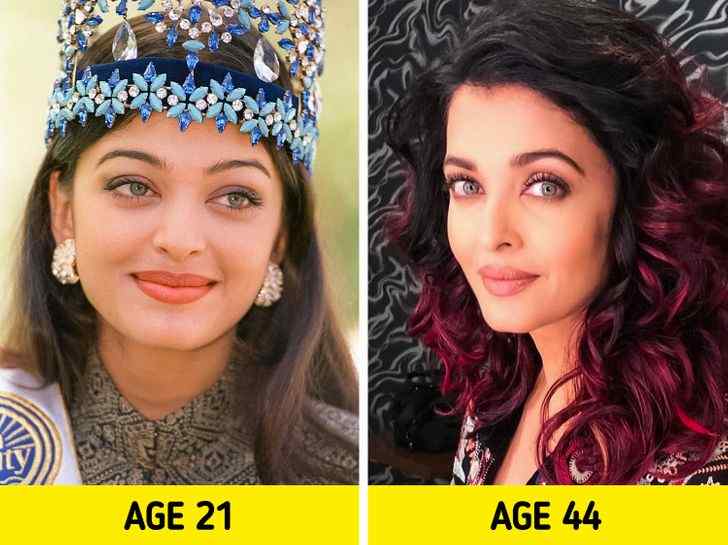
Ayurvedic knowledge is a type of therapeutic science that originated in India around 5,000 years ago. Modern living might make us feel as if we need to use the most up-to-date beauty products to get the looks and hair we want. However, tried-and-true procedures employed by Indian women for thousands of years may be more effective in creating thick, healthy, and lustrous hair.
1. Applying the Balayam method

This is a type of yoga that incorporates acupressure and reflexology. It entails stroking the fingernails with equal force against each other (not the thumbs) for 5-10 minutes each day. The thumbs should be in a vertical position.
It’s thought that pressure sites beneath the nails can promote hair growth by stimulating blood flow to the scalp. This treatment is long-term and requires patience, with effects taking many months.
2. Incorporating shikakai into your daily routine.

Shikakai is a shrub-like tree native to India that has been gathered and used for ages for its hair health benefits. The plant pods are high in vitamins A, D, E, and K, as well as other antioxidants, making it a natural shampoo. These aid in the delivery of micronutrients to the hair follicles, promoting hair growth.
Shikakai leaves, pods, and bark are dried and powdered into a powder, which is then mixed with water to produce a hair treatment. The advantages are numerous, including increased hair growth, detangling, reducing dandruff, preventing split ends, and making hair silky and lustrous.
3. Using hair oils

In India, a variety of hair oils are used to help restore moisture to the hair, each with its own set of qualities. Ayurvedic medicine recommends hair oiling, which has been performed for generations.
It works by rubbing oils into the scalp to promote blood circulation, add moisture, and stimulate the hair follicle, but too much can be harmful, so moderation is crucial. Amla oil, coconut oil, castor oil, and almond oil are some of the oils used in India.
4. Braiding or plaiting your hair

Since ancient times, Indian women have braided or plaited their hair. While there is no evidence that plaiting our hair encourages hair development, there are certain advantages to doing so.
Because there is less friction between our hair and other fabrics when it is braided, it is less prone to break. The hair also tangles less and requires less brushing. The goal is to keep the braid flexible at the scalp and not too tight.
5. Using hair masks produced at home

A hair mask can assist deliver concentrated nutrients and hydration to our hair when it needs it, but Indian ladies employ the benefits of natural substances to give their hair a little refreshment and excitement.
Many of the homemade masks include substances that we already have on hand, such as honey, avocado, yoghurt, apple cider vinegar, and aloe vera, to mention a few.
6. Tinting hair using henna

Henna is a plant that can be used to dye hair black, burgundy, or even orange. It also includes vitamin E, which softens the hair and has anti-fungal effects, which helps with dandruff and can minimise hair loss.
If you go this route, be cautious about the henna you use, as certain combinations may contain chemicals.
7. Hair nourishment with eggs

Eggs have been used to thicken hair since the eleventh century. They are high in proteins and lipids, which help to give hair a lovely sheen.
Egg whites can be applied to the roots and left there for 15-20 minutes, or they can be utilised in hair masks.

Have any of these methods worked for you? What were the outcomes, if any? Would any of these methods appeal to you?
Preview photo credit Dinodia Photos/Hulton Archive/Getty Images, AFP/EAST NEWS
